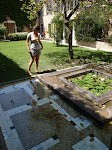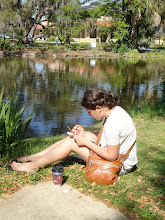



The modernists believed that a building is perfect only after the construction process is complete, it then enters a downward spiral to deterioration due to inhabitation and weathering. Why dwell upon the solutions to avoid the effects of weathering when they will forever be inevitable? What if architecture can still provide shelter but simultaneously embrace and invite in environmental processes, controlling weathering and the resulting experienced space?
The experiential qualities of weathered spaces provide knowledge into the history of the space, giving them integrity. Materials involved in the space preserve their own experiences of phenomena that have occurred over time through their ability to be impressionable. These phenomena are weather, humans, animals and natural disasters; all inscriptions in materials create weathering. It is the discovery of prior inhabitants and occurrences in the space that create intrigue. Because of the material's ability to preserve environmental effects, a current inhabitant experiences the awareness of the accumulated history.
The weathered surfaces contribute to the experiential quality of the space, defining it through the receptive and responsive nature of the materials involved. A simple change in material or appliqué on a material can contribute to the definition of space, but it is this living, breathing nature, directly responsive to its environment that creates a space that is alive and growing.




The last sentence (the one which ends "that is alive and growing" seems alive and growing!
ReplyDeleteWhy is the last paragraph in smaller font? Is that an architecture thing?
haha no, that is actually a blogspot error thing.
ReplyDelete